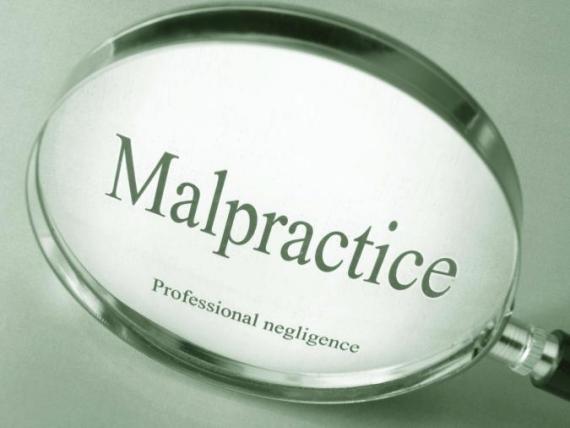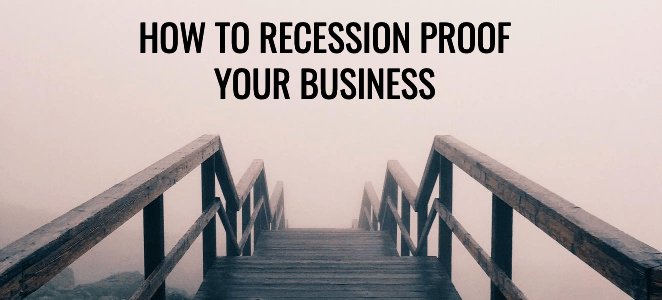The Value of the “Four Legged Sales Call”, …Fix Sales problems quickly
An “old school” technique to drive explosive sales and profit growth is the “four legged sales call” It doesn’t matter if you have a direct sales team , regional managers and or independent representative firms, the four legged sales call is the quickest path to incremental revenues and fixing your sales problems.
Let’s face it, in most markets out there it’s tough. The buying process has changed, we have more irrational competitors, and a much larger number of people influencing the purchase.
Sales today is like walking on Jell-O, its difficult to gain traction and easy to fall down.
I have a number of business leaders expressing a need for a quick fix, a quick way to fix their sales problem. They often phrase the need as “my sales rep team just can’t execute our plan.” When I hear this I often pause as based on my experience most salespeople “try” to execute “the plan”, however the root of the plan (marketing strategy) is often flawed and therefore they fail to execute and meet their sales goals. What market losers do is race to engage with what I call Mullet Marketing; doing the marketing work after the launch instead of understanding the market and it’s problems before the launch.
What are some signs your sales process is disconnected from the market?
- 70% or more of your sales team are missing sales key performance indicators
- Profit per sales below key indicator goal
- Lead to sale ratio below prior, below goal
- New product sales fail to meet plan
- Customer satisfaction scores decrease
- Customer service, technical assistance increases
The quickest way I have found, even with all the new CRM tools , win/ loss survey companies, online surveys, and so on is the “four legged sales call.”
In the four legged sales call the salesperson in charge of the account and is accountable for the sales from that account is joined by the VP of sales or the company President. While your salesperson is selling, your focus is to listen and observe.
What you are listening (looking) for?
- salesperson’s understanding of the buyer’s problem
- salesperson’s ability to communicate the problem your product or service solves
- Does your salesperson have the right tools to help the buyer make a buying decision?
- What are the buyers’s buying criteria today?
- What is the buying process?
- Does your sales process mirror the buying process?
- What sales tools does your salesperson have and which ones do they use? Are they current, or something they created themselves?
- Does the buyer have other problems they verbalize but your salesperson fails to hear?
- Where does the buyer turn today when faced with an unresolved problem? …the internet, a trade journal, calls a local representative…
- What other products does your buyer buy from competitors that they could be buying from you?
- What % of the time is your salesperson listening versus talking? ( my favorite indicator)
I promise you, after a few four legged sales calls you will have a much better understanding of your market, buyers, and how buyers are buying. Make sure you visit accounts you are currently selling as well as those you lost and or are trying to sell. When you return to corporate gather your notes, look for common data points and adjust.
If you have not changed your sales process in the last six months it is broken!
When is the last time you went on a four was legged sales call?
When you ask your salespeople why they are not hitting sales objectives, do they say “price”? ( if so they are wrong)
What is your buyer’s buying process today? How has it changed over the last 6-12 months?
Are their other “old school” methods to fix sales problems? If so, what are they?








